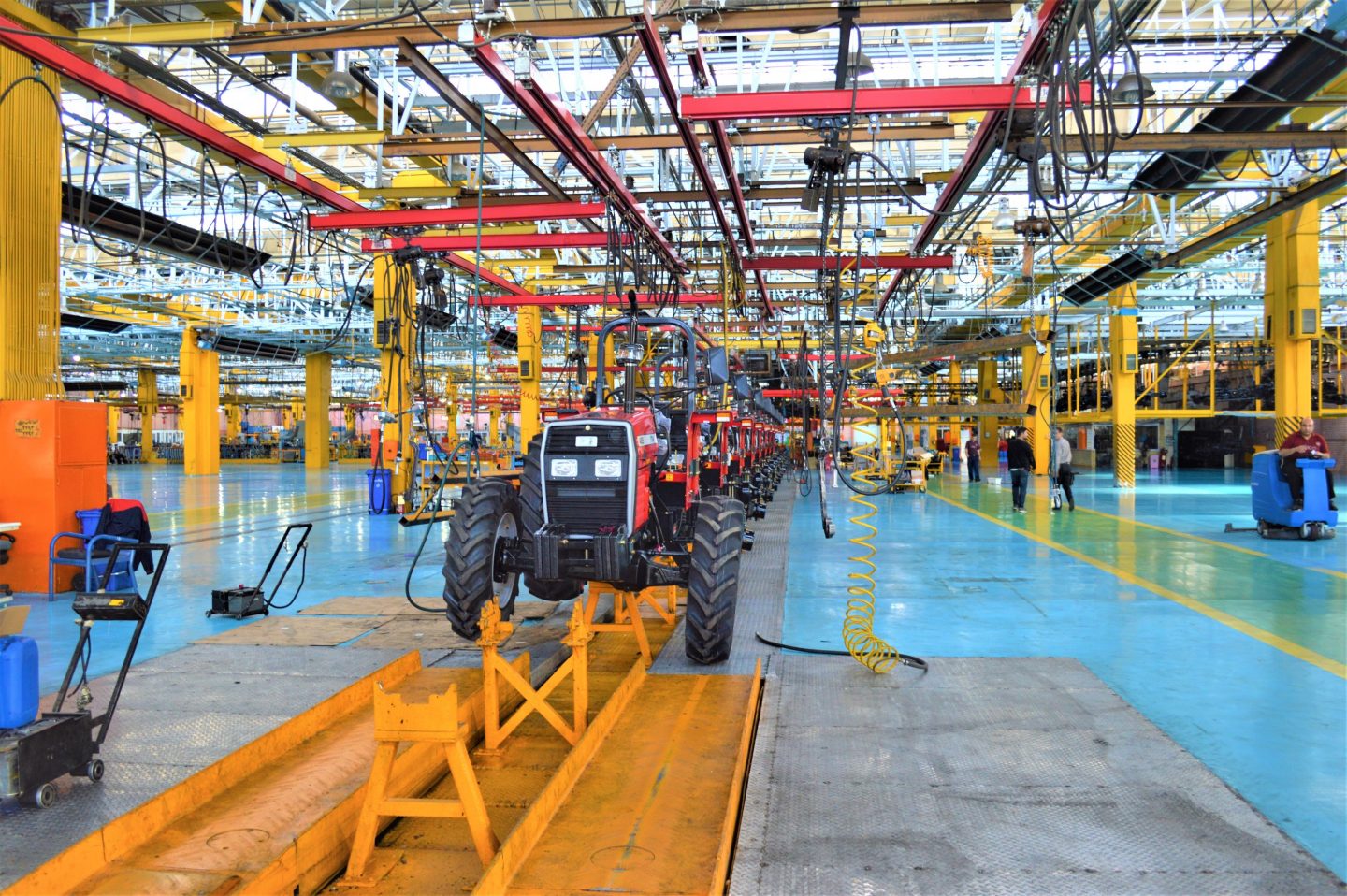
How 3D printing is driving change in the automotive industry
Since Henry Ford installed the first moving assembly line for the mass production of an entire automobile in December 1913, the automotive industry has been a pioneer for innovations in modern manufacturing. Even then, the data was impressive: The time required to build a car was reduced from more than 12 hours to two hours and 30 minutes.
This pace of change and innovation continues to accelerate, with 3D printing playing a central role.
It's true that 3D printing, or additive manufacturing (AM), has been used in the automotive industry for some time. According to a 2015 Wohlers report, motor vehicles accounted for 16.1% of the 3D printing market that year. Initial applications often focused on the rapid iteration of car designs. Today, automakers of all kinds are also using 3D printing in other areas, such as digital inventory, spare parts, and the production of specialty tools.
Request a DEMO component now!
See for yourself how strong the components are.

3D printing for digital warehousing
In the past, warehousing and distribution in the automotive industry was associated with the idea that spare and replacement parts were physically stacked in huge warehouses, taking up space until they were needed.
A recent Forbes article sheds new light on the rise of digital inventory solutions that feature on-demand manufacturing facilities strategically located around the world. This new link in the global supply chain securely sends digital files to 3D printers to produce automotive parts on demand. The immediate logistical benefits are twofold: faster delivery of parts to waiting customers and a reduction in the carbon footprint of freight.
For German luxury car manufacturer Porsche, manufacturing and storing spare parts for its classic cars wasn't financially viable given the low demand. To meet this unpredictable demand, Porsche is now turning to 3D printing for metal and plastic parts and has added a digital warehouse to its spare parts inventory. This helps keep classic cars on the road – and classic car owners loyal and happy.
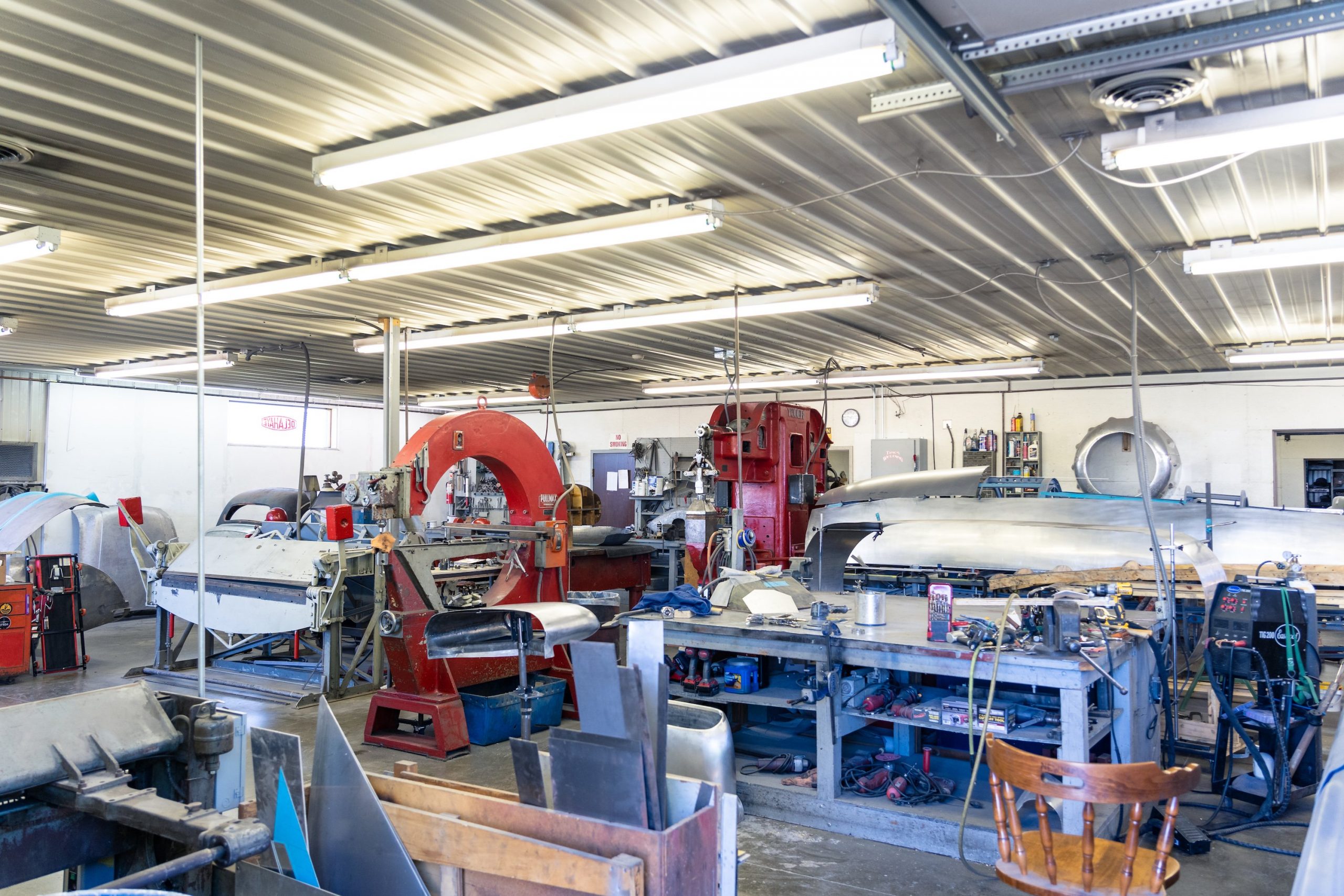
Vintage car spare parts were 3D printed by a Markforged customer
3D printing of vintage car spare parts
It's no secret that finding and replicating spare parts for classic cars is a challenge. The older the vehicle, the more difficult it becomes. 3D printing offers a solution that allows companies to fulfill customer requests faster and thus differentiate themselves in the market, as one Markforged customer discovered.
A full-service contract manufacturer serving the automotive, aerospace, and petrochemical industries was looking for a way to stay competitive in a saturated industry by offering new options to its customers. One of its customers offered just the right opportunity: the restoration of the original carburetor from a 1930s vintage car. When repairing the part proved impossible, the contract manufacturer took the plunge and turned to 3D metal printing. Using 3D scanners, they recreated the customer's carburetor cover and printed a model on the Markforged Carbon Fiber 3D Printer using Onyx material to verify the fit with existing components. The carburetor was then 3D printed on the Markforged Metal X printer using 1.4542 stainless steel. This was a turning point for the contract manufacturer, thanks to 3D printing, which met the company's needs in terms of technology, price, and customer satisfaction.
3D printing for customized tools
In the automotive industry, the pursuit of continuous improvement in vehicle performance often requires the creation of unique, complex component parts. 3D printing allows parts to be designed for a specific vehicle or driver and manufactured using specialized tools.
Take, for example, prototypes of race cars and motorcycles in motorsports, where the vehicles are custom-built to maximize on-track performance and stay ahead of the competition. The speed with which the design of a new component can be changed and the time it takes to rebuild it are key factors for success. This is precisely why the Moto2 motorcycle racing team TransFIORmers is using 3D printing for its new front suspension design. This approach quickly delivers a unique wishbone front suspension part made of titanium. The final product is 40 kg lighter and significantly stiffer than when manufactured using other materials and methods.
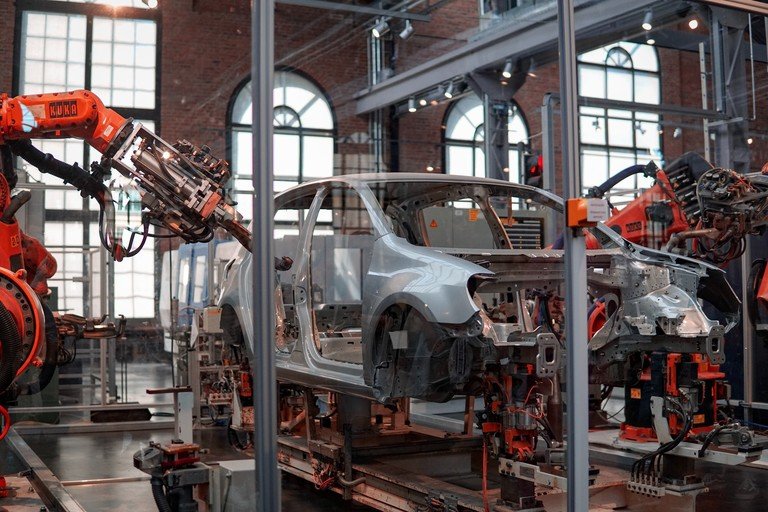
Custom tools can be 3D printed to help manufacture cars
What does the future hold?
You could say the future is already here, as 3D printing is being used to create entire cars—everything from utilitarian concept cars and sporty electric cars to vehicles specifically designed to support scientific research. 3D printing is also revolutionizing the restoration of classic cars, such as the replica of Elvis' BMW 507, which included several 3D-printed components.
And what does the future hold? Don't be surprised if you see fully 3D-printed cars being mass-produced and available for purchase.
Markforged 3D printers are definitely on the game—they offer automakers the ability to produce products faster, cheaper, and more efficiently by integrating 3D printing into their manufacturing workflow. Our metal and carbon fiber 3D printers improve supply chain efficiency by reducing manufacturing downtime through on-demand production. We also accelerate time to market with 3D printers that can print up to 50 times faster than traditional manufacturing methods, and at up to 20 times lower costs. All good reasons why automotive giants, as well as thousands of automotive OEMs in 50 countries, use Markforged printers to produce prototypes, end-use parts, and tooling and fixtures on the same day.
Learn more about 3D printing with continuous fibers!
Which continuous filament is suitable for which application? How do I design correctly for filament 3D printing? What do users say about it, and where can I find more information? – You've come to the right place! We've listed several information sources that will help you get the answers you need.




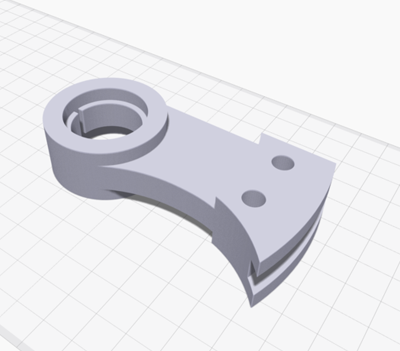
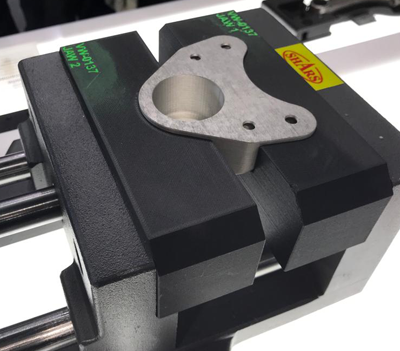
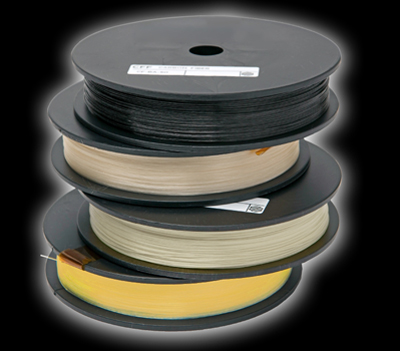

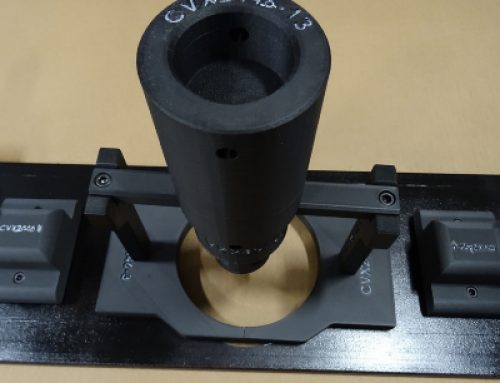
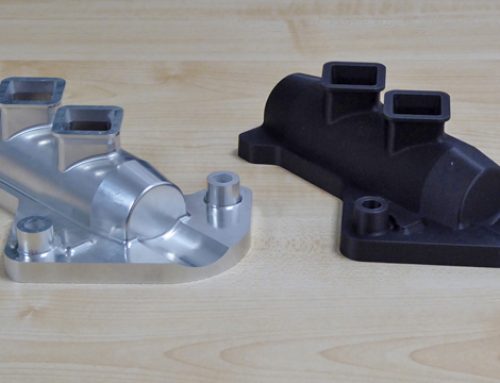

Hinterlasse einen Kommentar